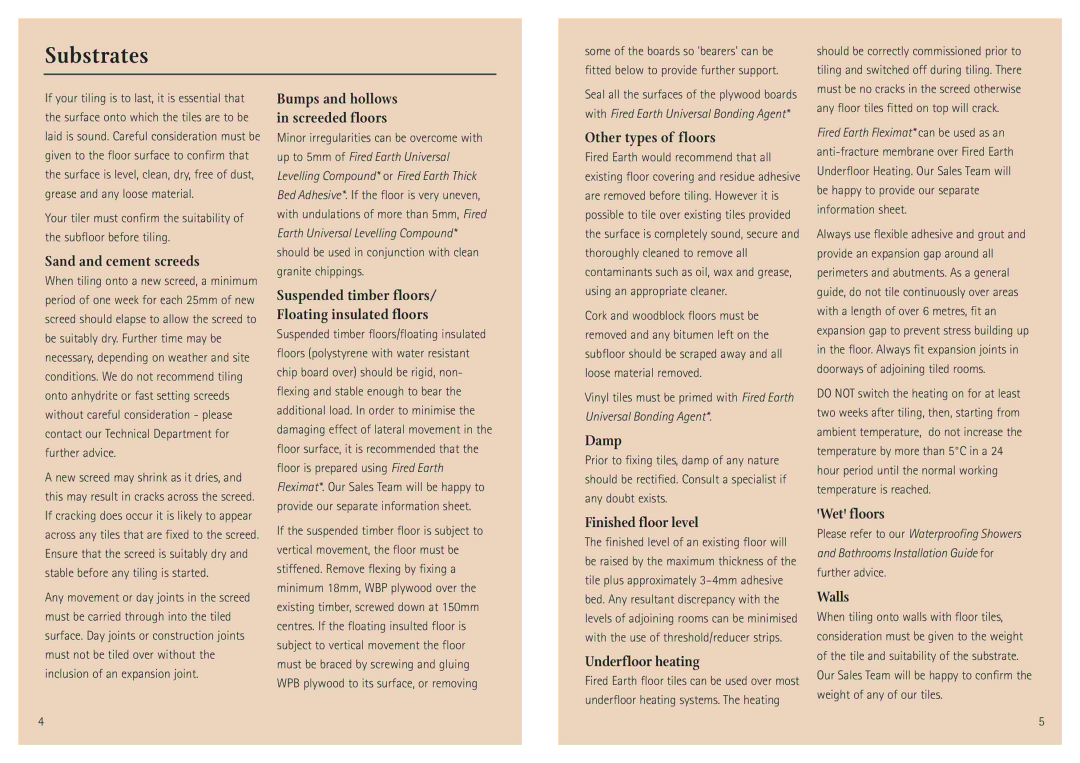Fired Earth specifications
Aga Ranges, a renowned name in the world of cooking, has made a significant impact with its Fired Earth collection, which combines durability, design, and innovative technology. The Fired Earth range is uniquely crafted to meet the demands of modern cooking while preserving the timeless charm that Aga is known for.One of the standout features of the Fired Earth collection is its impressive heat retention capabilities. The cast iron construction of the Aga cookers allows for even heat distribution, ensuring that food is cooked to perfection every time. This characteristic makes it ideal for slow cooking, baking, and roasting. The beauty of heating is that it remains consistent, allowing for meal preparation with minimal energy consumption, a feature that appeals to environmentally conscious consumers.
The Fired Earth range also integrates cutting-edge technology, such as the advanced control systems that ensure precise temperature regulation. Users can easily adjust the heat settings to suit their cooking methods, whether they are simmering sauces or searing meats. This versatility makes the Aga Ranges Fired Earth collection a valuable asset in any kitchen.
The aesthetic appeal of the Fired Earth collection cannot be overlooked. With a selection of vibrant colors and finishes, these cookers not only serve a practical function but also act as stunning focal points in the kitchen. The design reflects a balance between traditional craftsmanship and contemporary style, making it a perfect fit for diverse kitchen designs.
Additionally, the Fired Earth range is designed with user convenience in mind. The ovens are spacious and well-equipped, allowing for multiple dishes to be cooked simultaneously, which is ideal for entertaining or busy family meals. The cookers also include integrated functionalities, such as steam cooking and grilling options, adding even more versatility to meal preparation.
In summary, Aga Ranges Fired Earth collection exemplifies the perfect fusion of classic design, innovative technology, and functional excellence. Its cast iron construction provides exceptional heat retention, while advanced controls ensure precision in cooking. The range's visual appeal enhances any kitchen environment, making it a desirable choice for both amateur cooks and culinary professionals. With a focus on sustainability and efficiency, the Fired Earth collection is not just a kitchen appliance; it is a long-lasting investment for any cooking enthusiast.

